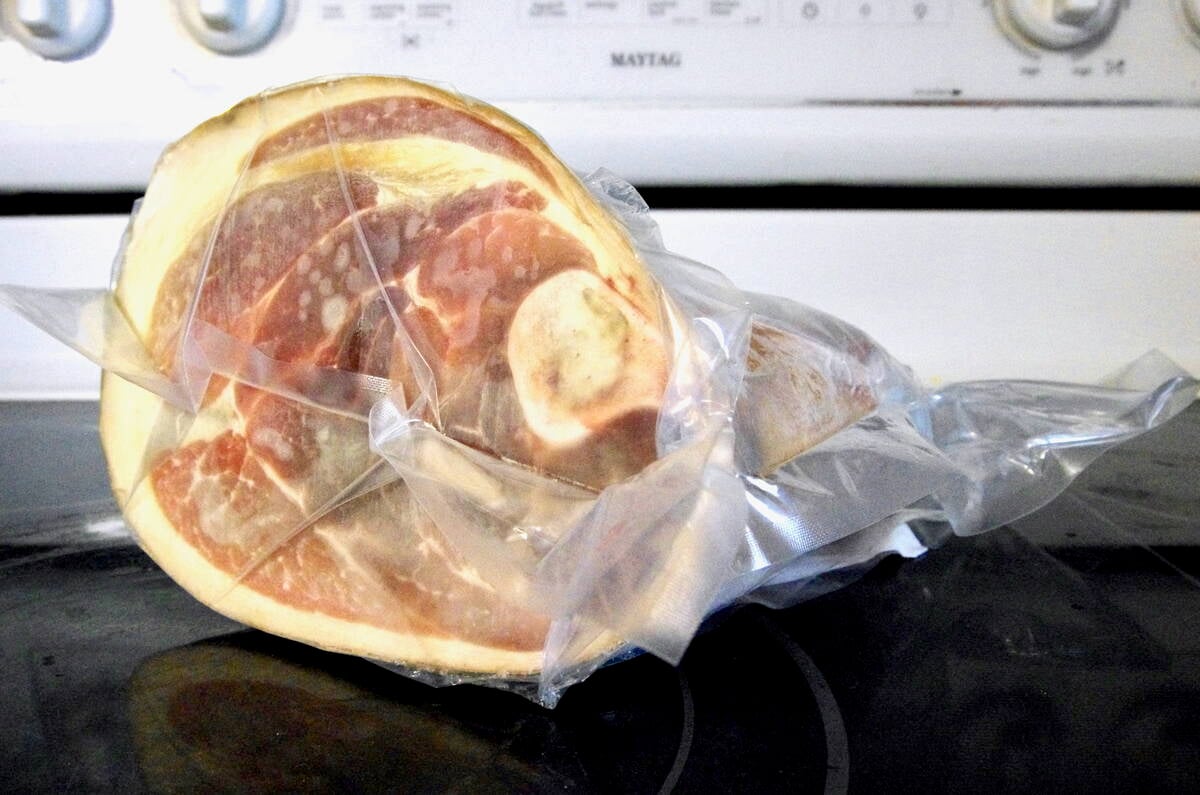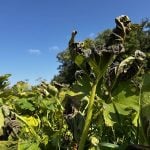Prairie producers of elk velvet are anxiously watching the financial storm in the Asian economies, hoping it will soon pass.
“It hasn’t affected us yet,” said Lloydminster, Sask. elk farmer Wilf Jurke. “We won’t know the effect until next season.”
Most producers sell velvet soon after cutting the antlers in May and June. In 1997, that meant they missed the Asian financial collapse and could sell into a relatively normal market.
But sales to Korea, the overwhelmingly dominant market for Canadian velvet, stopped almost completely when the bottom dropped out of the Korean currency, said Ray Ference, a Kitscoty, Alta. velvet drier.
Read Also

Trade war may create Canadian economic opportunities
Canada’s current tariff woes could open chances for long-term economic growth and a stronger Canadian economy, consultant says — It’s happened before.
“They aren’t importing much,” he said.
But Ference hasn’t panicked and is cheered by signs that Korea’s economy is recovering. He hasn’t cut prices to match the plummeting currency, and he thinks sales will recover once the “magic number” is reached of 1,300 won to the U.S. dollar. He has been told by Korean velvet buyers that that rate of exchange will bring them back into the market.
At its worst, the won dropped to 2,200 to the U.S. dollar. It is up to 1,500,and gaining strength.
Quality counts
Jurke said Canada’s high quality velvet will probably do better in the battered Korean market than product from competitors with lower quality.
Last year Korean velvet prices dropped because of election instability. But while the price for New Zealand velvet dropped by 50 percent, prices for Canadian dipped only 15 percent, Jurke said. That might mean that Canadian velvet producers will suffer relatively little from the crisis.
“I guess we’re pretty lucky,” Jurke said. “We’ve got a niche market.”















